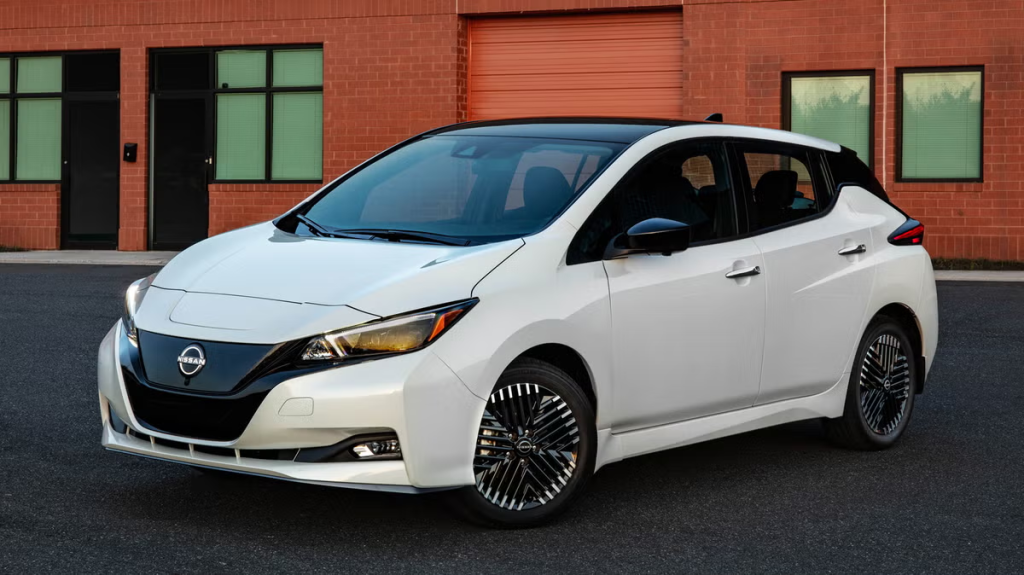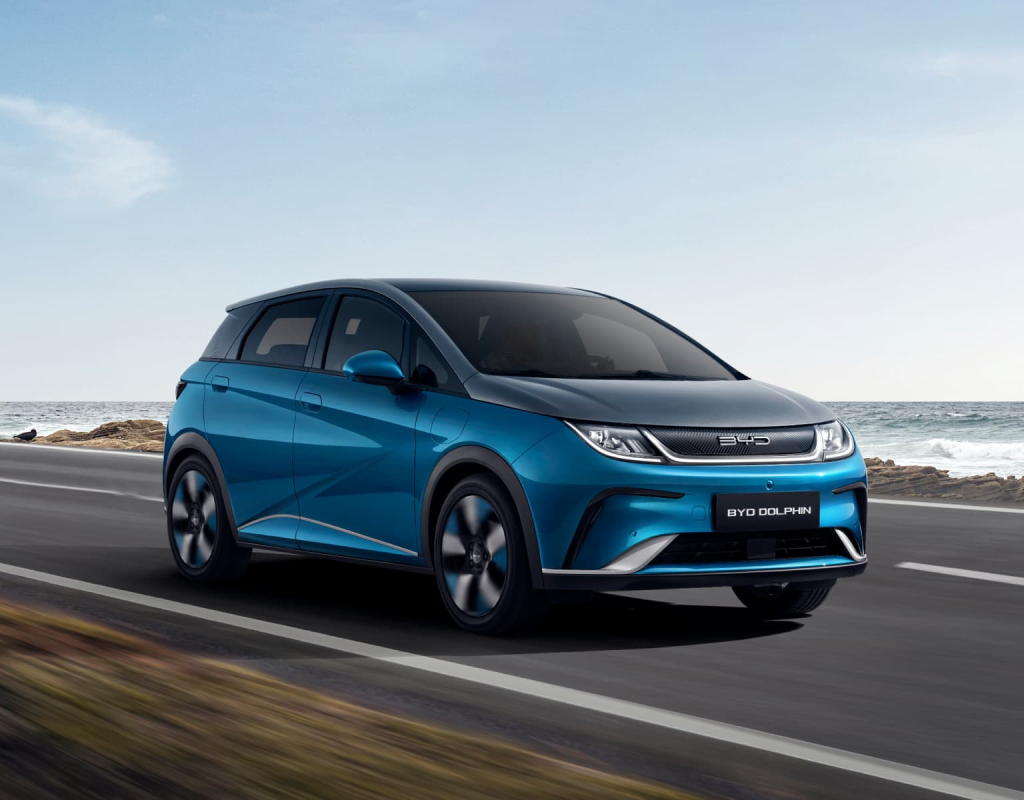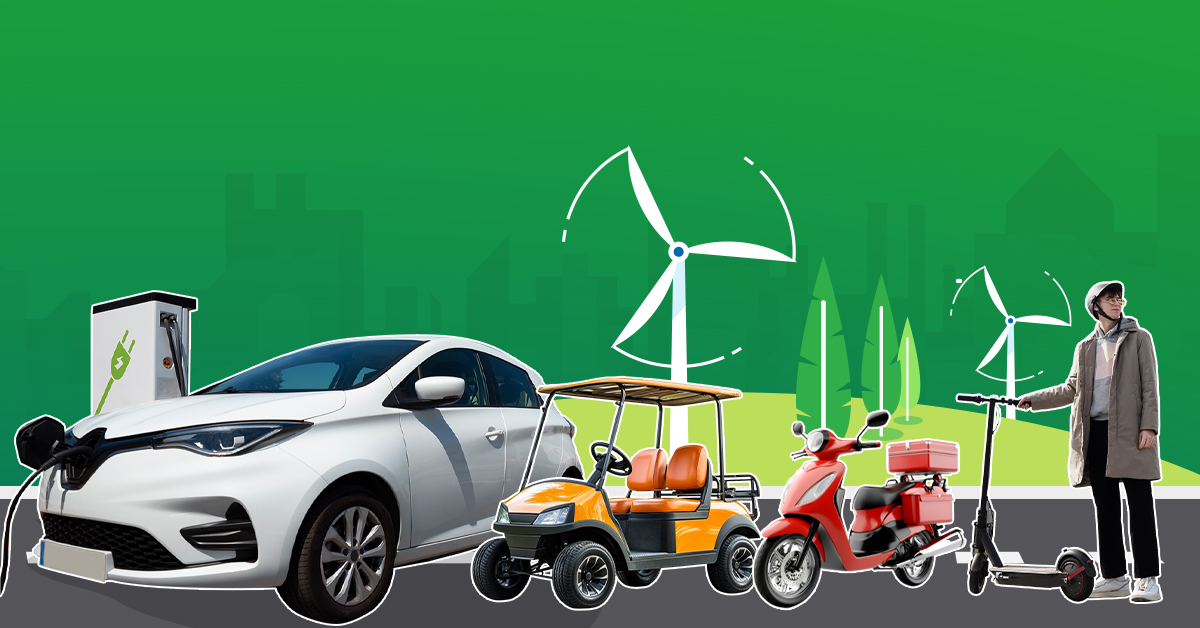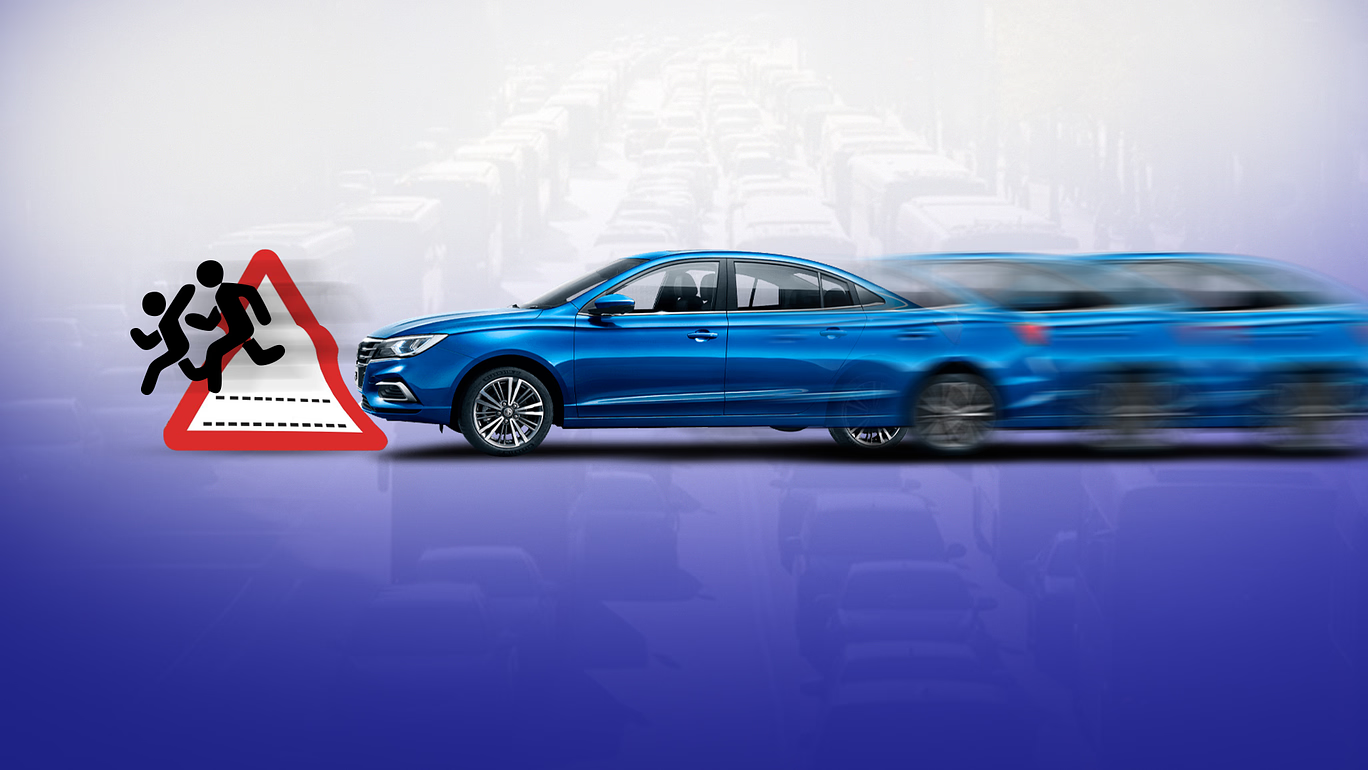As fuel prices soar and climate concerns grow, more Filipinos are shifting to eco-friendly transportation. Hybrid and electric vehicles (EVs), e-bikes, and e-scooters offer cost-effective and sustainable alternatives to traditional vehicles.
Here are several key factors driving this shift:
1. Rising Fuel Costs and Cost Saving
With fuel prices fluctuating unpredictably, many consumers are looking for ways to reduce expenses. Hybrid and electric vehicles help cut fuel costs significantly, making them a smart long-term investment. Meanwhile, e-bikes and e-scooters offer an even more affordable and efficient option, particularly for urban commuters navigating daily traffic congestion.
2. Government Incentives and Policy Support
To encourage the adoption of eco-friendly vehicles, the Philippine government has implemented various incentives under the Electric Vehicle Industry Development Act (EVIDA). These include tax benefits, exemptions from certain traffic regulations, and support for the expansion of charging infrastructure. Some local government units (LGUs) further incentivize EV adoption through perks like free registration, reduced parking fees, and priority access to designated charging stations.
3. Expanding Charging Infrastructure
One of the biggest barriers to EV adoption has been the availability of charging stations. However, this is rapidly changing. Companies such as SM, Ayala Malls, and Shell are investing in fast-charging stations at key urban locations, making it more convenient for EV owners to recharge their vehicles. Additionally, real estate developers are incorporating EV-ready features into new residential and commercial projects, ensuring that future homeowners have easy access to charging solutions.
4. Sustainability Trends
Younger generations are particularly conscious of environmental impact and fuel efficiency. As sustainability becomes a major global focus, companies are also taking steps to transition their fleets to electric vehicles. This shift aligns with corporate sustainability goals and helps businesses reduce long-term operational costs while appealing to environmentally aware consumers.
5. Growing Vehicle Selection
A wider selection of hybrid and electric vehicles is now available in the Philippines, catering to different budgets and preferences. Some of the most popular models include:
Toyota Corolla Cross Hybrid – A stylish, fuel-efficient hybrid SUV with advanced safety features and a smooth driving experience.

Toyota Prius – One of the pioneers in hybrid technology, known for its reliability and fuel economy.

Nissan LEAF – One of the world’s best-selling EVs, featuring zero emissions and a range of up to 311 km per charge.

BYD Dolphin – A compact and budget-friendly electric hatchback from China, offering a practical EV experience.

BYD Han – A luxury EV sedan with a sleek design, high-tech features, and an impressive range.

Tesla Models (Gray Market Imports) – Including the Tesla Model 3, Model Y, and Model S, known for their long range, cutting-edge technology, and fast charging capabilities.

Wuling Air EV – A small, city-friendly EV designed for short commutes, now gaining traction in Southeast Asia.

Changan Eado EV460 – A mid-size electric sedan offering a competitive driving range and modern design.

Hyundai Ioniq 5 – A futuristic-looking EV with rapid charging and an impressive range, ideal for long drives.

Kia EV6 – A stylish electric crossover with a high-performance battery and fast-charging capabilities.

Despite the many benefits, however, pushing green transportation in the Philippines comes with several challenges that need to be addressed:
- High Upfront Cost – While EV prices are gradually decreasing, they are still generally more expensive than traditional gasoline-powered vehicles. This makes affordability a significant barrier for many consumers, though long-term fuel and maintenance savings can offset initial costs.
- Limited Charging Stations in Provinces – Although the charging network is expanding, infrastructure remains concentrated in Metro Manila and other urban centers. Rural areas still face a lack of charging stations, making long-distance EV travel challenging.
- Battery Replacement Costs – EV batteries degrade over time, and replacement costs can be high. However, manufacturers now offer extended warranties and improved battery technologies to mitigate this concern.
- Lack of Awareness and Misconceptions – Many Filipinos are still unfamiliar with how EVs operate, leading to misconceptions about their performance, reliability, and maintenance. More public education and government-led information campaigns are needed to encourage widespread adoption.
The demand for eco-friendly vehicles in the Philippines is expected to rise significantly in the coming years. As more charging stations are built, battery technology improves, and government incentives expand, owning an EV will become more practical and affordable.
With increased awareness and a growing variety of sustainable transportation options, the Philippines is moving toward a future where eco-friendly vehicles are no longer just an alternative but a norm.
For the latest updates on transport policies, road safety measures, and driving education, connect with DriveSafe PH:
✔ Follow us on Facebook for real-time updates: https://www.facebook.com/drivesafeacademy
✔Be a responsible and safe driver–Enroll in our OTDC: https://main.drivesafe.ph/find-driving-school



